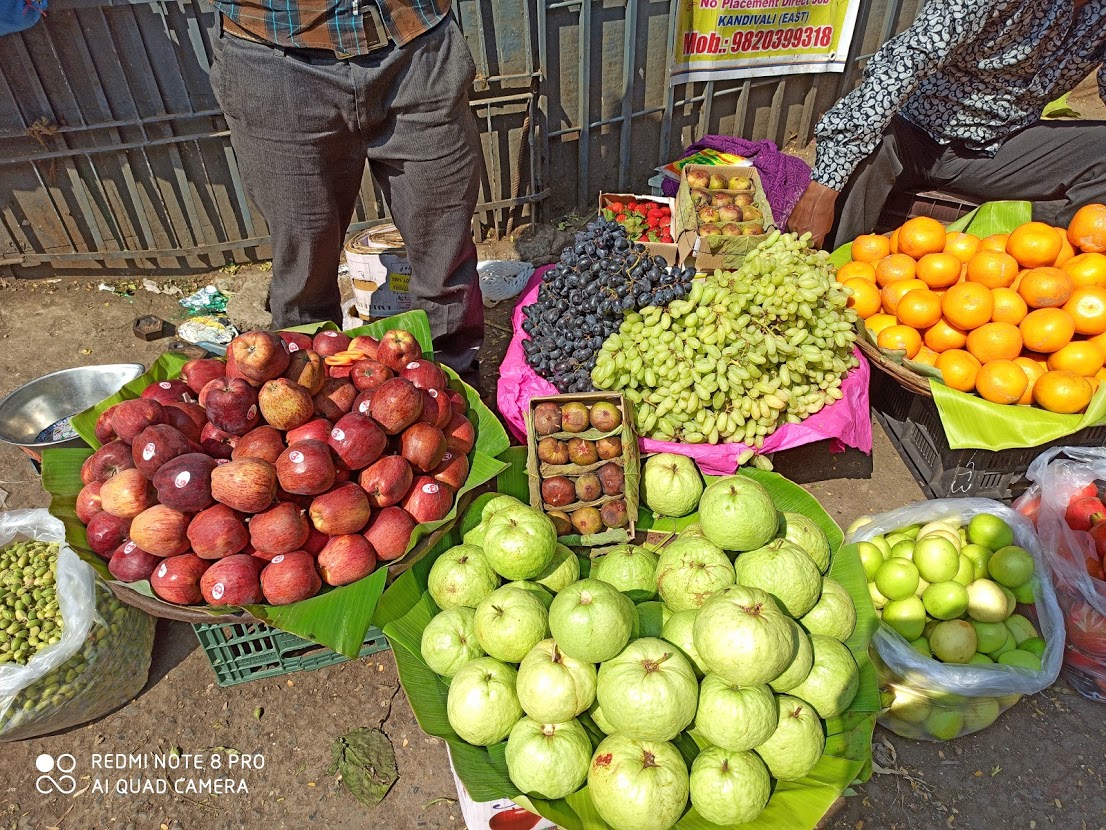NEWS
RBI cut GDP growth forecast for FY22 to 9.5%
RBI cut GDP growth forecast for FY22 to 9.5% from earlier estimate of 10.5% due to impact of Covid, leaving markets to retreat from new peaks; key policy rates left unchanged.
RBI cut GDP growth forecast for FY22 to 9.5% from earlier estimate of 10.5% due to impact of Covid, leaving markets to retreat from new peaks; key policy rates left unchanged.

The Reserve Bank of India (RBI) on Friday cut its GDP growth forecast for this fiscal to 9.5% from its earlier estimate of 10.5% due to the crippling impact of the second wave of coronavirus, leaving the stock markets to retreat from its record high levels.
The central bank also left untouched the key interest rates at record lows while reiterating its commitment to keep the monetary policy accommodative to support growth and keep inflation within the target. The repo rates - the key interest rates at which it lends money to commercial banks – stay put at 4% and the reverse repo rate - the rate at which RBI borrows money from banks – remain at 3.35%.
Inflation estimates were dialled up a notch. The RBI estimates retail inflation to be at 5.1% in FY22, from its earlier forecast of 5.2%. This will nevertheless keep inflation within the RBI’s target of 4% with a margin of 2% on either side.
“The MPC is firmly focussed on nurturing a durable revival in growth and we anticipate that it will demonstrate a high tolerance for the average CPI inflation to range between 5-6% during the recovery period,” said ICRA chief economist Aditi Nayar.
The RBI admitted that there were upside risks to the inflation outlook. “Going forward, the inflation trajectory is likely to be shaped by uncertainties impinging on the upside and the downside. The rising trajectory of international commodity prices, especially of crude, together with logistics costs, pose upside risks to the inflation outlook,” the RBI said.
The RBI is betting on a normal monsoon, which would give a boost to the rural economy. “Rural demand remains strong and the expected normal monsoon bodes well for sustaining its buoyancy, going forward. The increased spread of Covid-19 infections in rural areas, however, poses downside risks.”
Taking all these factors into consideration, RBI Governor Shaktikanta Das said real GDP growth is now projected at 9.5% in 2021-22 consisting of 18.5% in Q1; 7.9% in Q2; 7.2% in Q3; and 6.6% in Q4 of 2021-22. The earlier RBI forecast was 26.2% for Q1; 8.3% for Q2; 5.4% for Q3; and 6.2% for Q4.
State Bank of India group chief economic adviser Dr Soumya Kanti Ghosh, however, does not agree with the RBI’s forecast of sharp growth pick-up in the third quarter. “Though RBI has reduced growth projections for Q1 and Q2, it has enhanced projections for Q3 & Q4, specifically Q3 by a large margin. RBI, thus, clearly expects a vaccination driven recovery post September and that should help to normalise economic activity quickly. We are, however, skeptical of a sharp pick-up in growth outlook in Q3, given the devastation in rural economy and the slow vaccination. Thus, RBI forecast of 9.5% could be more of a sombre signaling of a weak growth outlook as of now,” he said.
The key to the economic rebound will be the availability of vaccines. “While the monetary policy committee’s (MPC's) real GDP growth projection of 9.5% is in line with the upper end of our own forecast range of 8-9.5%, we believe that accelerated vaccine availability, resulting in a back-ended surge in domestic demand, is central to this outcome. Such a resurgence in demand may, however, be inconsistent with an average CPI inflation of 5.1% in FY2022, unless taxes on fuels undergo an appreciable reduction,” said Nayar.
Most leading economists and brokerages earlier revised downwards their GDP growth forecast due to the impact of the second wave of Covid-19. Moody's, for instance, pegged India's GDP growth at 9.3% in FY22. "We expect a decline in economic activity in the April-June quarter, followed by a rebound, resulting in real, inflation-adjusted GDP growth of 9.3% in the fiscal year ending March 2022 and 7.9% in fiscal 2022-23," it said.
Indian stock markets treaded lower on Friday, after the RBI cut down its GDP forecast on Friday and kept key policy rates unchanged. The 30-share BSE Sensex ended at 52,100.05, down 132.38 points, or 0.25% lower, a day after closing at its lifetime peak.
Though the NSE Nifty opened higher to hit a new record, it was down 20.10 points, or 0.13%, to close Friday at 15,670.25.
